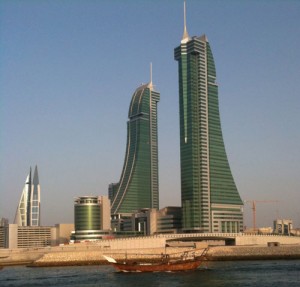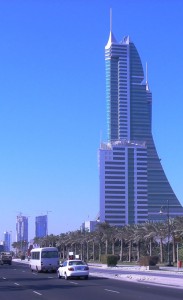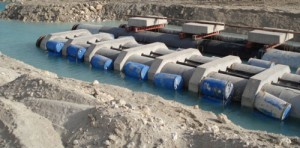District cooling has its roots in early nineteenth-century schemes to distribute clean, cool air to houses through underground pipes.
District cooling systems distribute chilled water or other media to multiple buildings for air conditioning or other uses. The cooling (actually heat rejection) is usually provided from a dedicated cooling plant. The water is then piped underground to individual buildings within a designated area for cooling or use in industrial processes.
Deep water source cooling (DWSC) refers to the renewable use of a large body of naturally cold water as a heat sink for process and comfort space cooling. Water at a constant 40 – 50° F or less is withdrawn from deep areas within lakes, oceans, aquifers and rivers and is pumped through the primary side of a heat exchanger. On the secondary side, clean chilled water is produced with one tenth the average energy required by conventional, chiller based systems.
It is an efficient, environmentally friendly method of cooling buildings.





